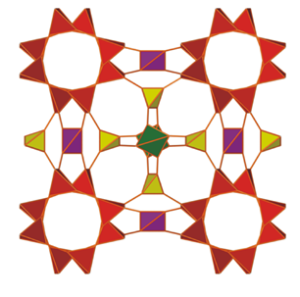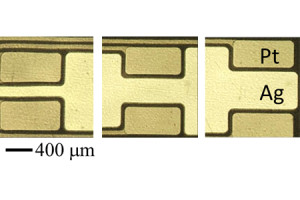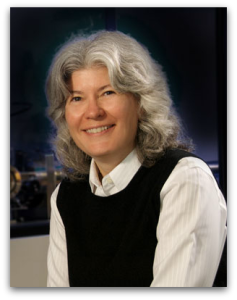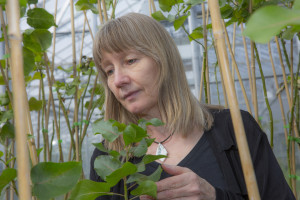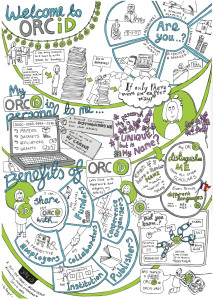
ORCID poster by jennycham.co.uk
What is ORCID?
ORCID, or Open Researcher and Contributor ID, is an organization that aims to ensure that all scientific works can be appropriately attributed to their authors. By providing members with unique 16-digit persistent digital identifiers (called ORCID identifiers) and maintaining a central registry of members, ORCID is rapidly taking hold in the research community as a means of improving the accuracy of attribution, collaboration, and funding.
Due to the ever-expanding and international nature of scientific literature, the need for a unique identifier has become increasingly apparent. First and last names can be unreliable and inaccurate due to cultural differences in name-order conventions, changing last names due to marriage, or inconsistent use of abbreviations or initials. All of these factors can lead to the unfortunate result of authors being incorrectly credited (or worse, not credited) for their work.
The use of ORCID identifiers actively prevents this potentially damaging mishap, instead allowing journals and institutions to accurately monitor individual authors’ contributions to science.
(more…)
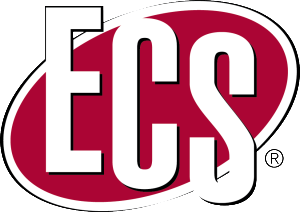 You are invited to join the ECS Georgia Section along with the ECS Atlanta Student Chapter for the annual ECS Chapter Meeting at Georgia Tech.
You are invited to join the ECS Georgia Section along with the ECS Atlanta Student Chapter for the annual ECS Chapter Meeting at Georgia Tech.

